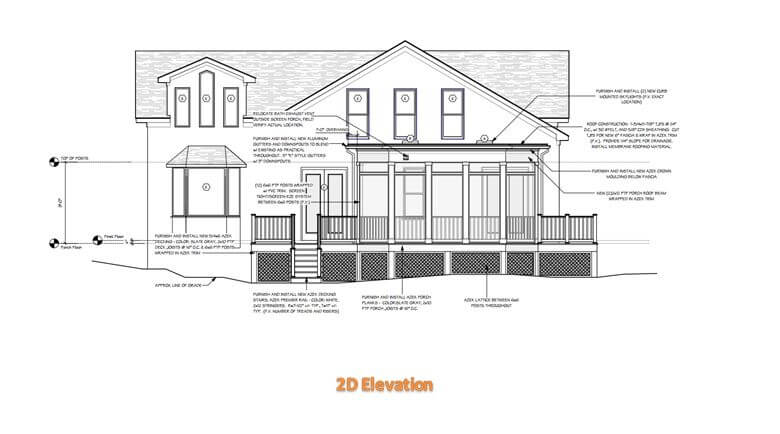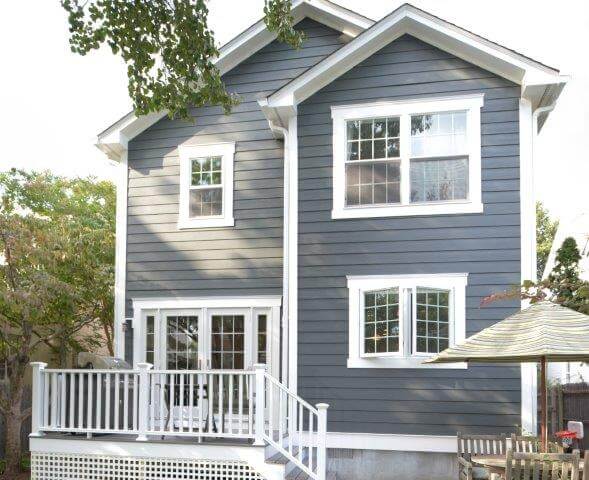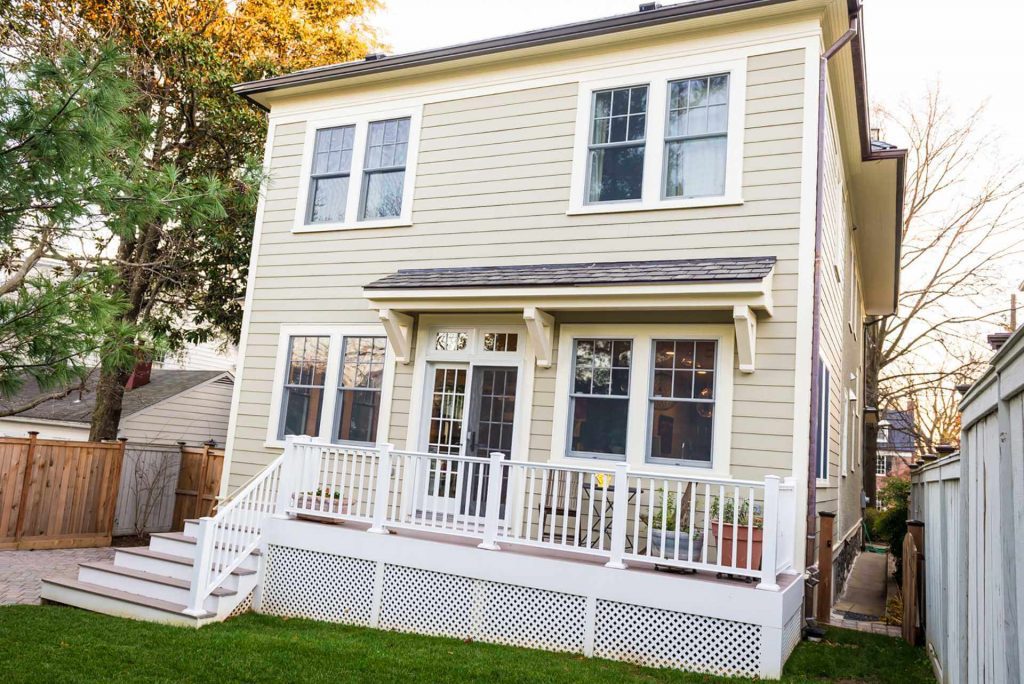So, you’ve been in your home for a few years. Things have changed – maybe you had a few more kids than you anticipated, or now your teenagers take over the family room with their friends on a regular basis and you and your spouse have nowhere to hang out. Or, your kids are grown and gone and you’re enjoying doing lots of cooking and entertaining, but….the house layout just doesn’t work anymore. You love the neighborhood, love the location, and truly love the house, but it needs some significant changes to continue to work for you. Is a large home remodel the best option?
Additions or large scale renovations are a great way to keep all of the things you love about your home, and also add all of the things you want and need. Deciding to go this route can be daunting, as it typically involves a fairly large commitment of time and money, but in the end, can add value, livability, and comfort to your home. Here’s a few things to consider before going down the remodel road:
1. Plan, plan, and plan some more! You can’t start the planning process early enough when you’re hoping to make major changes to your home. What is the desired timeline? Is that timeline realistic? How about budget? Does what you want to do make sense for the house, the neighborhood and the potential resale value? A good project developer will work with you to reach your desired goals for timing, budget and will also help you to determine what makes the most sense for scope and scale of a remodel.
2. Move out if at all possible. Sometimes, staying isn’t a choice, particularly in the case of “pop-ups”, where a partial or entire floor is being added. In this case, your developer and project manager can put together a timeline for you that includes start and completion dates to allow you to find an alternate living space. It might make sense to extend the lease on your temporary home for about a month beyond your estimated completion date, just in case of delays.
3. If moving out isn’t necessary or feasible, you’ll still want to plan for some pretty major disruption. Set up temporary living spaces wherever possible – if the kitchen is being torn out, your developer can help you set up a temporary kitchen in the garage or laundry room. Move the fridge there, add a microwave and a toaster oven, along with a Keurig and you can accomplish a lot! The grill is also your friend when the kitchen isn’t available.
4. If you have children, you’ll want to do your best to keep routines in place. Bedtimes, homework, dinner time – try to keep everything as close as possible to the way it was before. And, try to keep parts of the house clean and “normal” if at all possible. Perhaps you can put furniture and other items in storage or a pod so that the rooms that aren’t being touched can still feel like home to your family. Pets also will be more comfortable if normal routines are followed.
5. Let your neighbors know what’s coming – it’s common courtesy to give them a heads up that there will likely be some construction traffic, extra workers parked on the street, and also potentially some noise and dust.
6.Stick to your selections. The design/build process is exceptionally valuable here – all of your decisions are made up front, costing is accurate, and you’re not making choices on the fly. Last minute decisions often end up being costly and time consuming mistakes!
Renovating can be extremely stressful, but is absolutely worth it in the end! The end result tends to be more than worth the upheaval, mess and chaos – so find a design/build firm you trust and enjoy the process!


